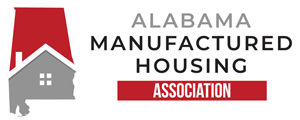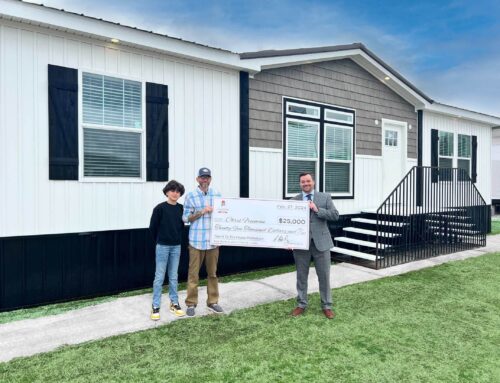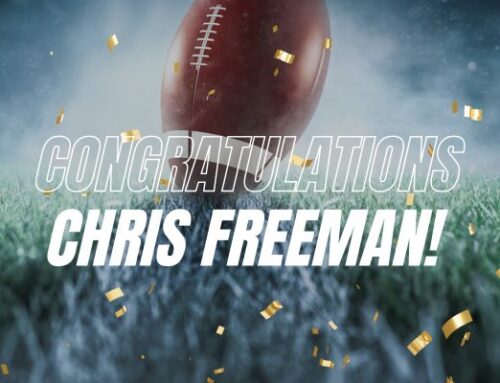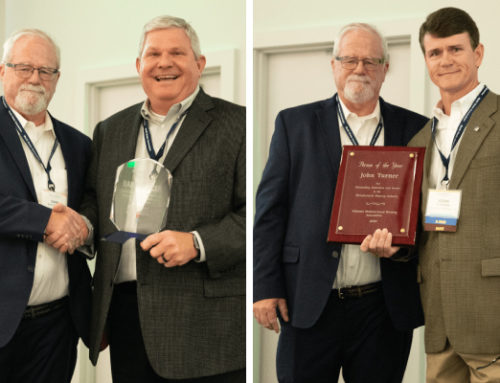
Manufactured Housing Through the Decades
Manufactured homes have come a long way over the past few decades. Here’s where the industry started out, and a glimpse at where manufactured homes stand today.
The manufactured homes of today are quite impressive – they’re built strong and sturdy, are appealing to the eye, and are just as reliable as any traditional, site-built home. Modern manufactured homes must meet a number of criteria set by the U.S. Department of Housing and Urban Development to ensure their safety, surety and livability, so their quality is quite dependable. To that point, it goes without saying that manufactured homes have evolved significantly throughout the years. But not everyone knows how those changes have shaped the immaculate and well-manicured manufactured homes you see today.
To give you a better understanding of the evolution of manufactured homes – where they began and how they have flourished into a viable, reliable and affordable option for homeowners across the nations, we thought we’d provide a brief overview of manufactured housing through the decades.
The First Manufactured Housing Units
Beginning in the World War II era (circa the 1940s), manufactured homes were originally used as temporary housing for workers who needed to travel far distances for the war effort. These lodgings more closely resembled what we would today refer to as trailers or mobile homes.
Post-war, these types of manufactured homes were used as a quick and affordable option for soldiers returning home to their families. By the 1950s and 60s, trailers had become viable domiciles, and mobile home parks had begun to gain traction throughout communities on the outskirts of suburban America. During this time, these homes were typically 8 feet wide so that they could be easily moved as needed. This is where the term “mobile home” came from.
A typical community of manufactured housing units featured a communal shower and laundry facility with outhouses placed between every two manufactured (mobile home) units.
The Introduction of HUD Regulations
An important date in the manufactured housing industry took place on June 15, 1976. On this day, HUD Code regulations on manufactured homes went into effect due to Congress implementing the National Mobile Home Construction and Safety Act. Since the aforementioned date, each manufactured home has been (or must be, if we’re speaking future-tense) certified by HUD and labeled on the outside of the home to show that the structure has been certified.
HUD labeling will feature three letters indicating the state in which the home was manufactured, followed by a 6-digit number unique to the building. The following message proceeds each code:
The manufacturer certifies to the best of the manufacturer’s knowledge and belief that this manufactured home has been inspected in accordance with the requirements of Department of Housing and Urban Development and is constructed in conformance with the federal manufactured home construction and safety standards in effect on the date of manufacture. See data plate.
Prior to this Act being passed, regulations had not been in place, so the HUD Code was crucial to increasing the quality and safety of manufactured homes.
A Shift to Modern Terminology
During the 1980s, our industry experienced a major shift in common terminology. The Housing Act of 1980 instructed that the term “manufactured home” replace “mobile home” in all federal laws and literature referencing homes built after the National Mobile Home Construction and Safety Act went into effect. This transition made sense, of course, especially because the manufactured homes of today are truly only ‘mobile’ when they are in transition. Many of today’s manufactured homes are fixed to a permeant site after being constructed and remain in that one particular site for the duration of the structure’s existence.
This isn’t to say that manufactured homes aren’t able to be moved, transported or replaced; however, the term “manufactured home” is much more accurate to the modern structure which is built.
The Manufactured Homes of Today
The need for reliable, affordable housing has never been greater; and as we’ve mentioned countless times before, today’s manufactured homes have the ability to deliver outstanding quality and performance at prices that are up to 50 percent less per square foot than
conventional site-built homes. Thanks to the evolution of manufactured homes throughout the last few decades, this type of housing has provided a viable option for many homeowners who had few other options.
The affordability of today’s manufactured housing is in-part thanks to the efficiencies of the factory-building process of such structures and the modern technology and abilities to put such homes together. Manufactured homes are constructed with standard building materials and are built almost entirely off-site in a factory. The controlled construction environment and assembly-line techniques remove many of the problems encountered during traditional home construction, such as weather, theft, vandalism, damage to building products and materials, and unskilled labor. Factory employees are trained and managed effectively and efficiently in order to achieve premium-quality without the premium price.
Today’s manufactured homes have experienced an evolution in the types and quality of homes available to buyers. Technological advances allow manufactured home builders to offer a variety of architectural styles and exterior finishes that will suit most any buyer’s dreams while allowing the home to blend in seamlessly into most any neighborhood. Two-story and single-family attached homes are but two of the new styles being generated by factory-built innovation.
The possibilities, customization options and intricacies are far virtually endless. Manufactured homes have definitely come a long way since their first installation in the 40s and there’s many more options to explore. Browse the various resources on the Alabama Manufactured Housing Association website to learn more about today’s manufactured homes and to get a feel for what manufactured housing can offer you.






